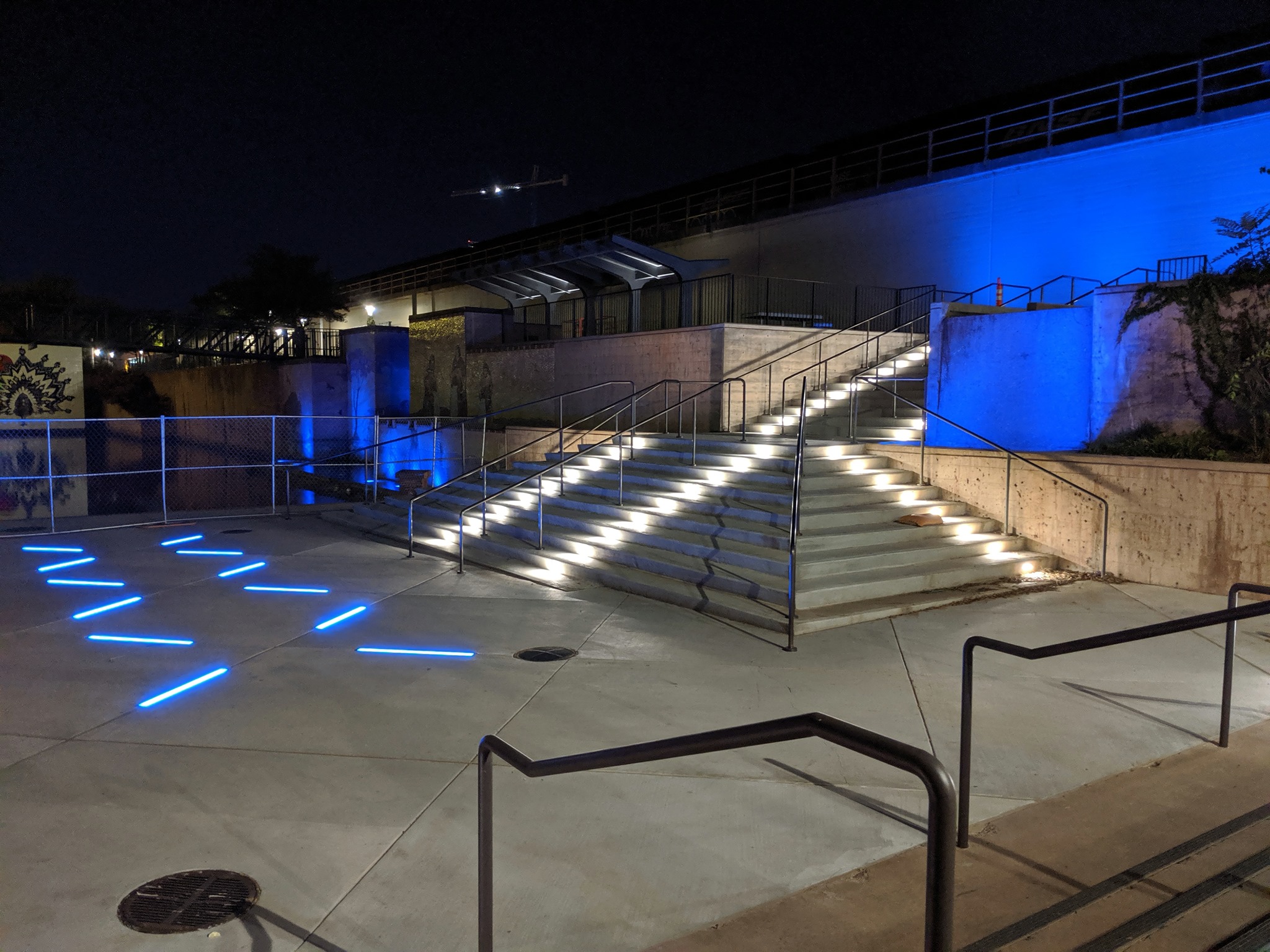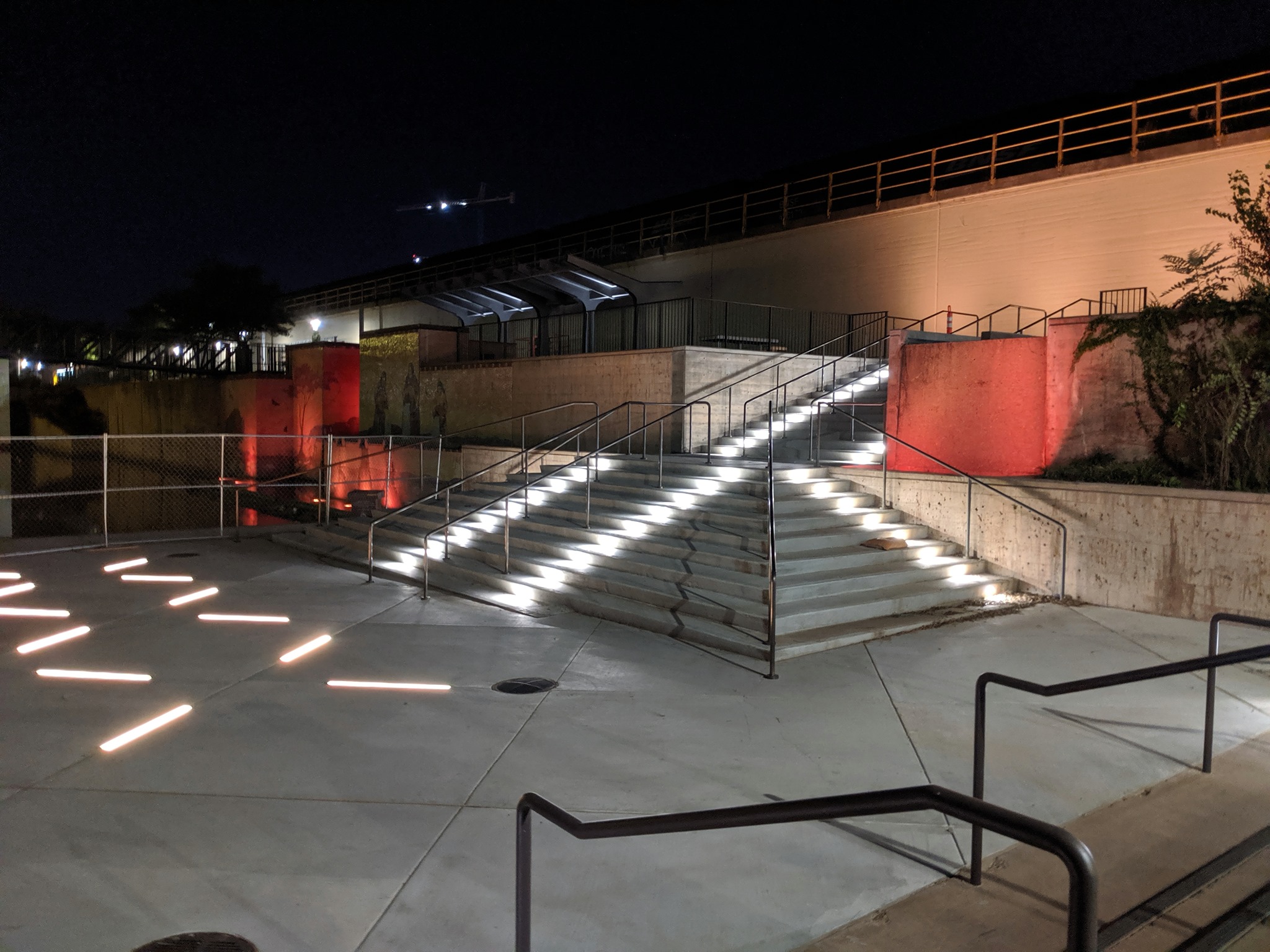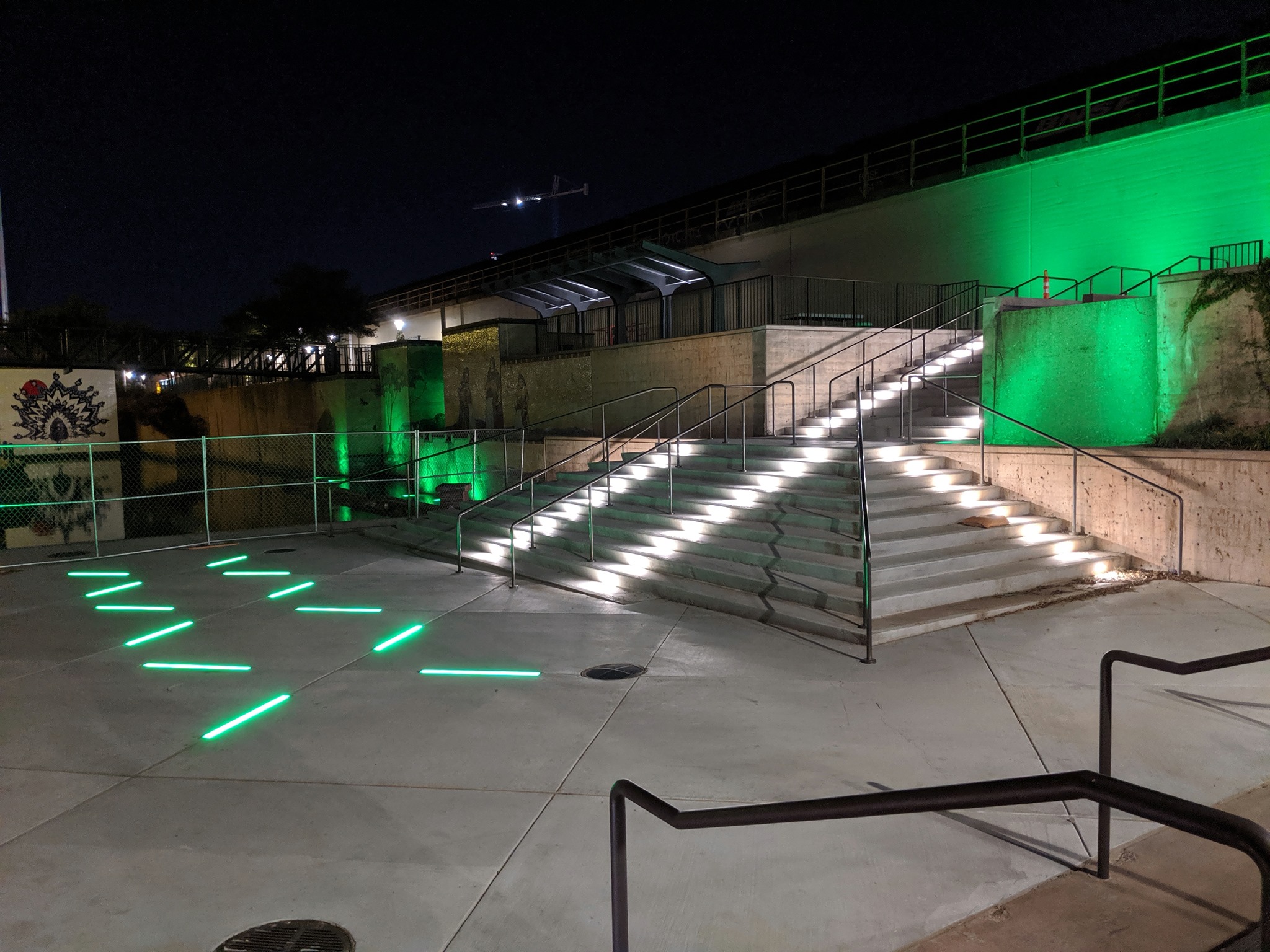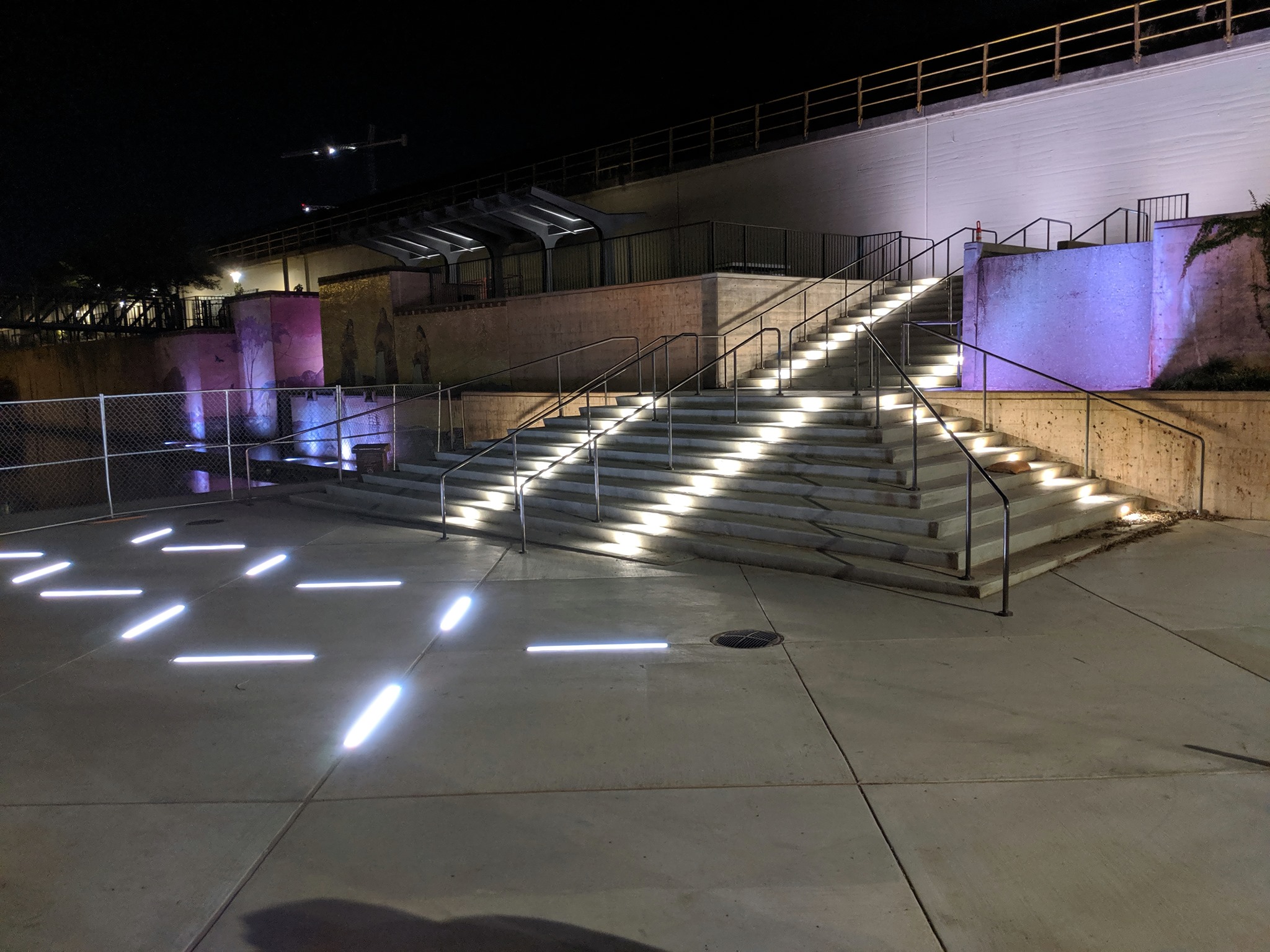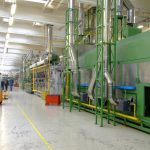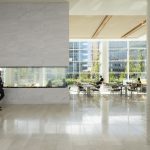LED Lighting Design: With Nichole Renfrew
What makes LED lighting so different from other types of lighting?
In my opinion, the biggest difference between LED lighting and other types of lighting is the efficiency. A LED luminaire can provide the same amount, if not more, lumen output and still consume significantly less power than its fluorescent and incandescent counterparts. Since LED diodes do not have filaments, the shelf life of the luminaire is significantly longer, which translates to less maintenance and operating costs for building owners.
LED lighting also provides another level of flexibility with lighting. LED diodes have the capability of coming in not only color, but different color temperatures of white light. This provides the flexibility that might be needed for color rendering or end user happiness. There also are more opportunities to utilize more complex controls to cycle through colors, as well as different dimming solutions. Overall, LED lighting provides greater design flexibility at a lower cost to the user and the environment.
“As our world continues to move into a more “green” setting, I could see LED lighting becoming the primary source of electric lighting for all aspects of lighting design.”
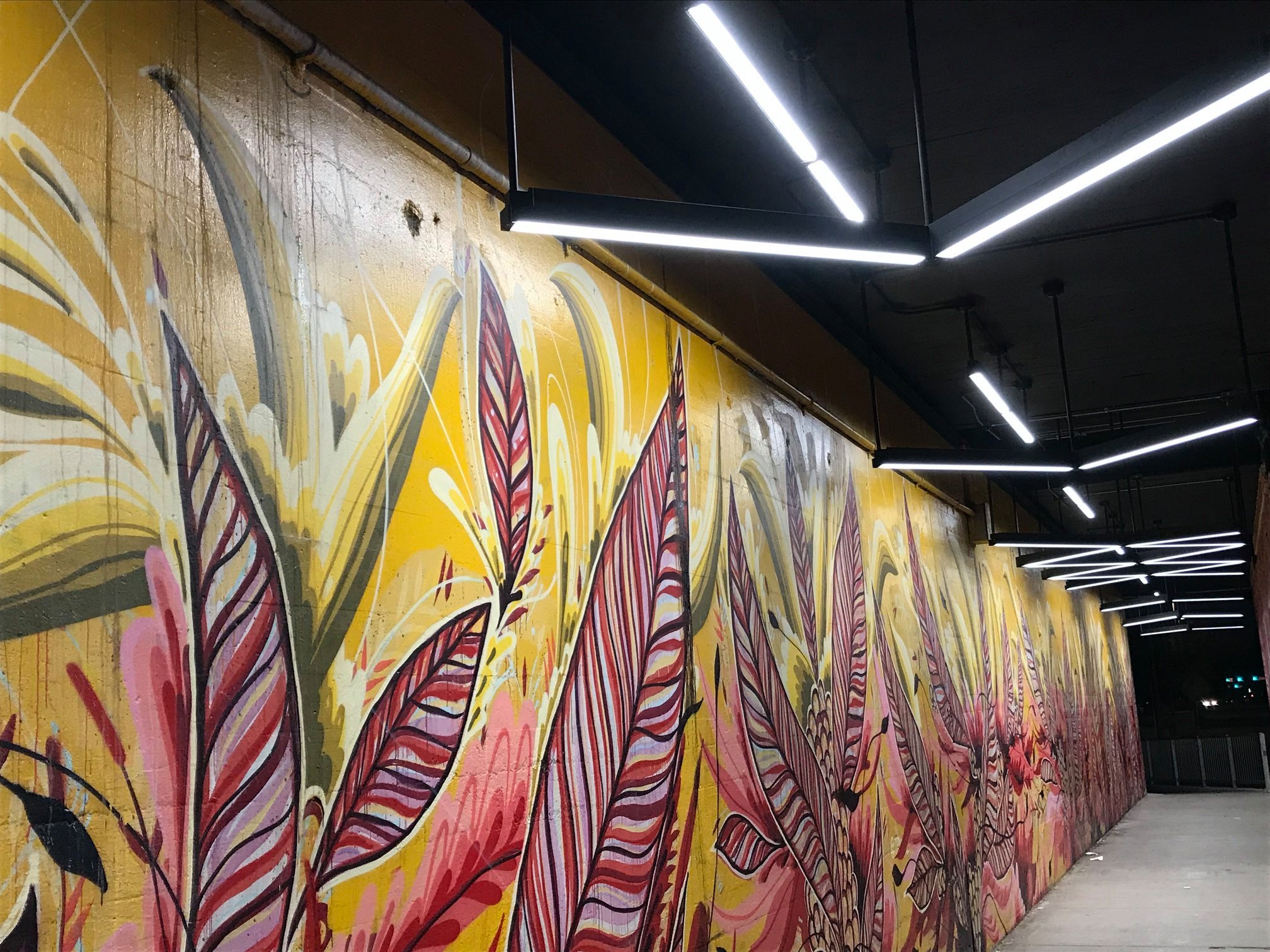
What are some positive outcomes of using LED lights in the workplace?
From my experience, the largest benefit of using LED lights in a workspace is the flexibility that it provides to its end users. If installed properly, end users can have the ability to change the color temperature and brightness of their LED lights. This creates endless opportunities to create a lighting design that meets the needs of each end user.
There also is an application to use LED lighting to mimic the sun’s natural color temperature throughout the day. Studies show that this lighting progression benefits our circadian rhythm by assisting with the production and suppression of the body’s natural melatonin. This can help people feel more awake during the middle of the day, can show an increase in productivity, and can improve an individual’s overall mood.
This does not only apply to office buildings, but there are indications that this technology can be applied to medical settings where patients do not have access to natural light; the benefits here can be even more pronounced. There has also been an increase of LED usage in the medical profession by using UV light to aid in microbial sanitation in procedure areas. This is still a fairly new technology, but could become common in operating rooms.
What is your favorite LED lighting project that you have worked on and why?
My favorite LED lighting project that I played a role in was the Intermodal Hub train station in downtown Oklahoma City. This project included many phases to restore the old train station, as well as the walkways around the Bricktown pedestrian area. Prior to my involvement, my counterpart worked on creating custom LED luminaires that matched the rusted luminaires that were previously located in the train station.
The team also completed a full lighting design in the walkways surrounding the train station. We utilized a catenary system along the walkway to create even lighting and selected LED luminaires that mimicked the ambiance of an old-fashioned train station. We also re-designed the pedestrian walkways and roadways that led into the Bricktown area from the train station. These walkways showcased murals completed by local artists that we were able to highlight using LED lighting. This was my favorite LED lighting project because it showed the versatility that LEDs have. It also showed how lighting can impact a space by either becoming a focal point, or highlighting a focal point like the murals.
“Studies show that this lighting progression benefits our circadian rhythm by assisting with the production and suppression of the body’s natural melatonin.”
With buildings adopting “healthier” designs, what do you think the future of LED lighting or lighting design in general will look like?
As our world continues to move into a more “green” setting, I could see LED lighting becoming the primary source of electric lighting for all aspects of lighting design. This means not only general area lighting, but decorative lighting. LED lighting will have increased applicability to commercial, industrial, residential, hospitality, and healthcare. I also predict more studies into the effect of blue light on the human body as it relates to our natural circadian rhythm. The results of these studies could lead to color-tunable lighting being applied more commonly in all applications, specifically in healthcare settings.
Where can I learn more?
To learn more about the healthy building initiative, check out “What is the WELL Building Standard?” and how it can be applied in “What Does a WELL-Designed Building Look Like?”
Interested in learning more about what the future of engineering might look like? Check out “How Does COVID-19 Challenge Future Engineering?“

Nichole Renfrew is an electrical designer at Alvine with five years of design experience. Nichole’s passion for designing learning environments for future generations is evident in her work on many K-12 and higher education projects throughout Oklahoma. In addition to education, she also has in-depth experience in faith-based, government, hospitality, and commercial projects. Some of her most recent work includes Omni Oklahoma City Hotel, Oklahoma Contemporary, and Enable Midstream Partners Houston.

